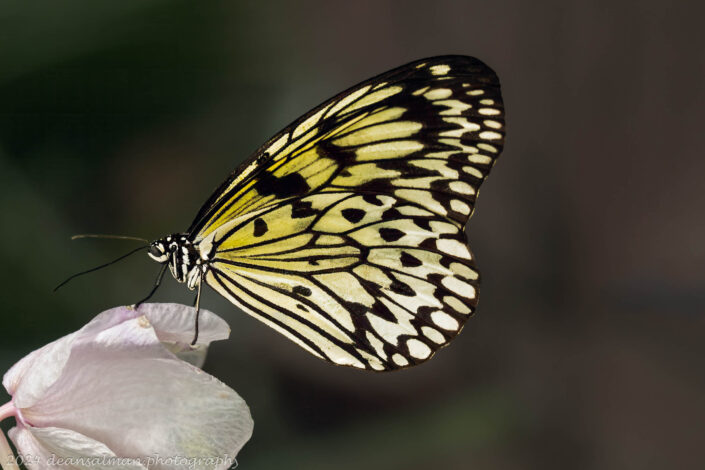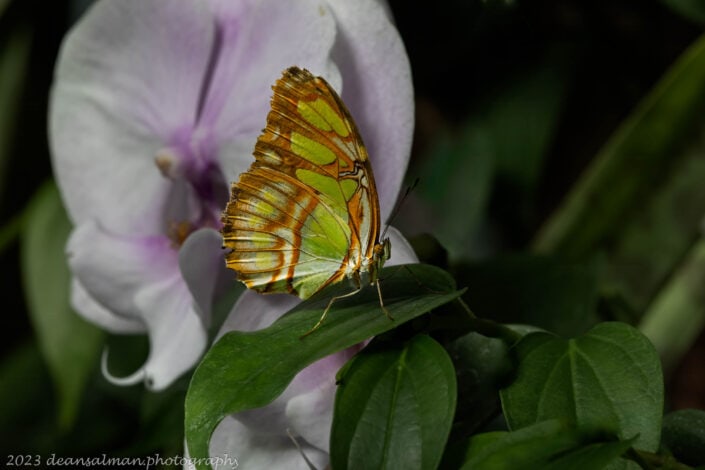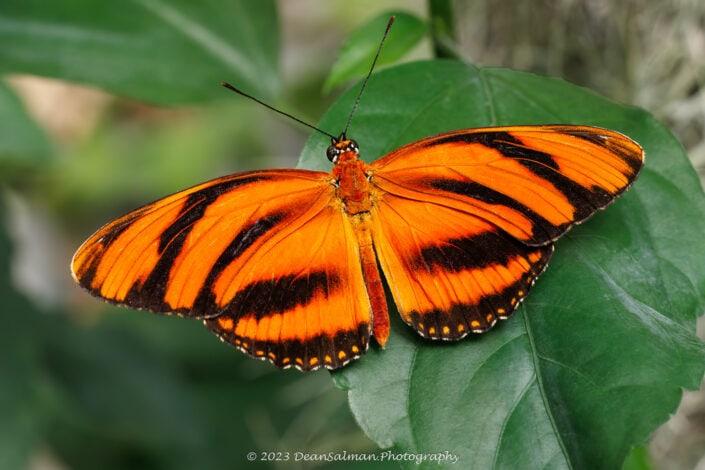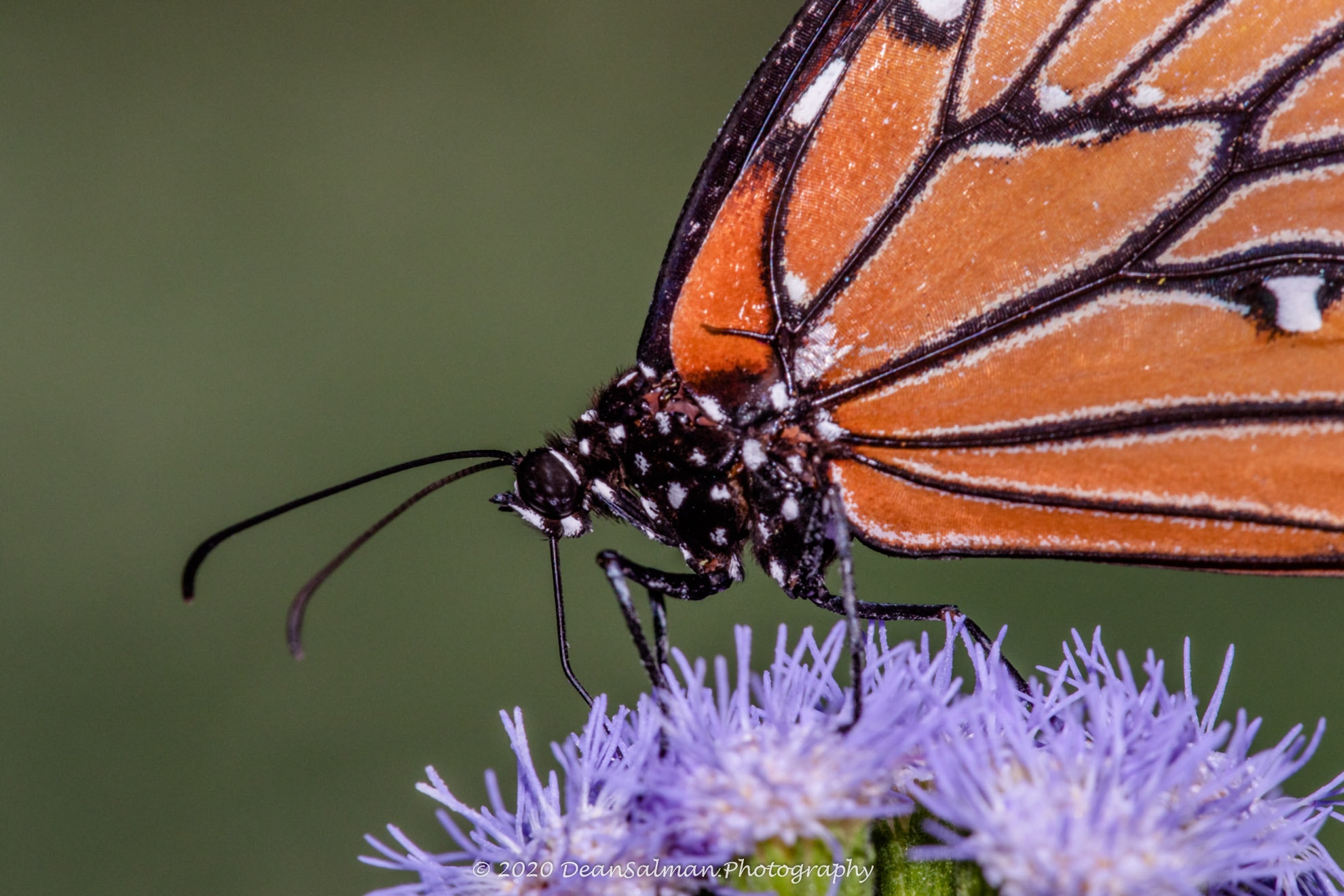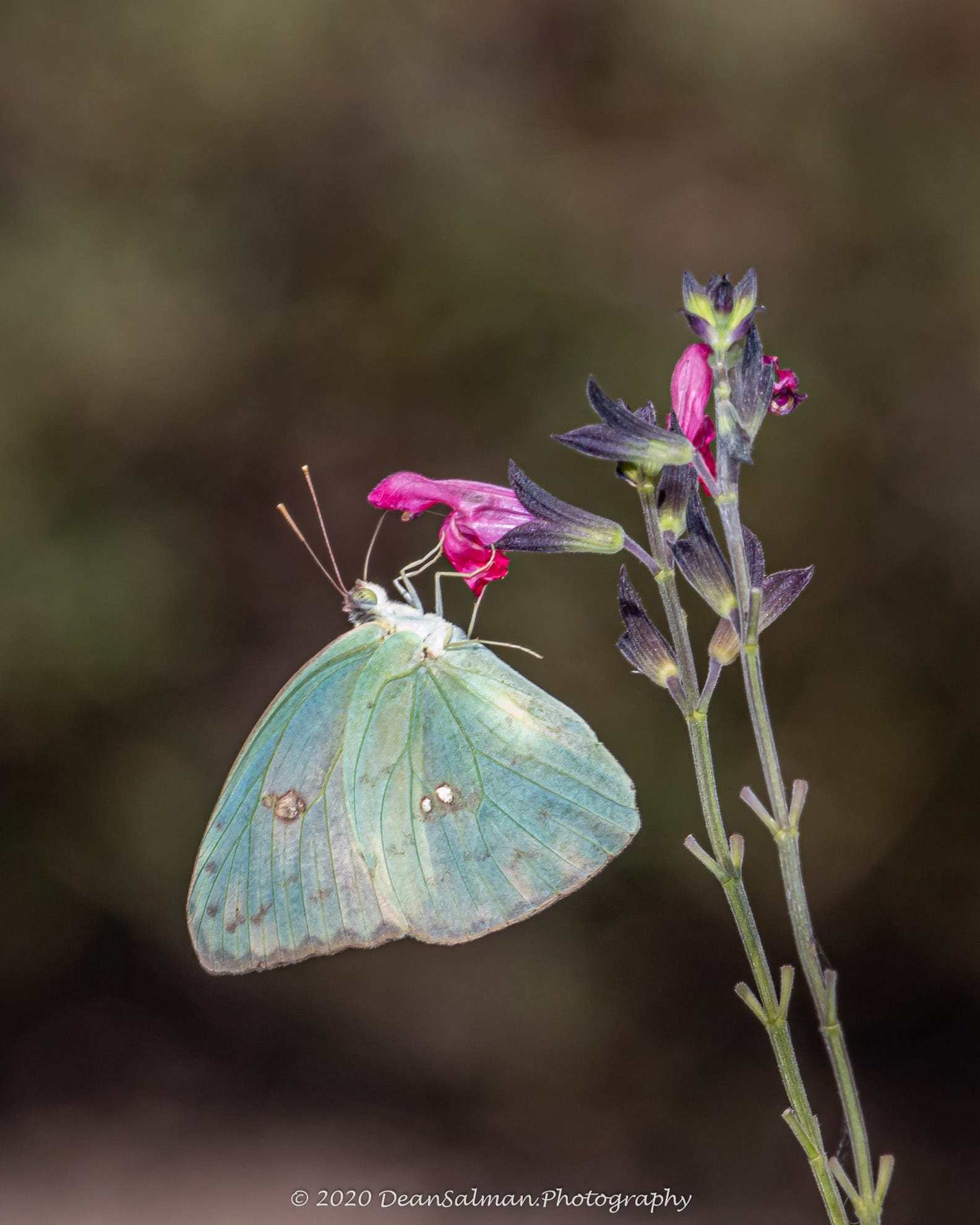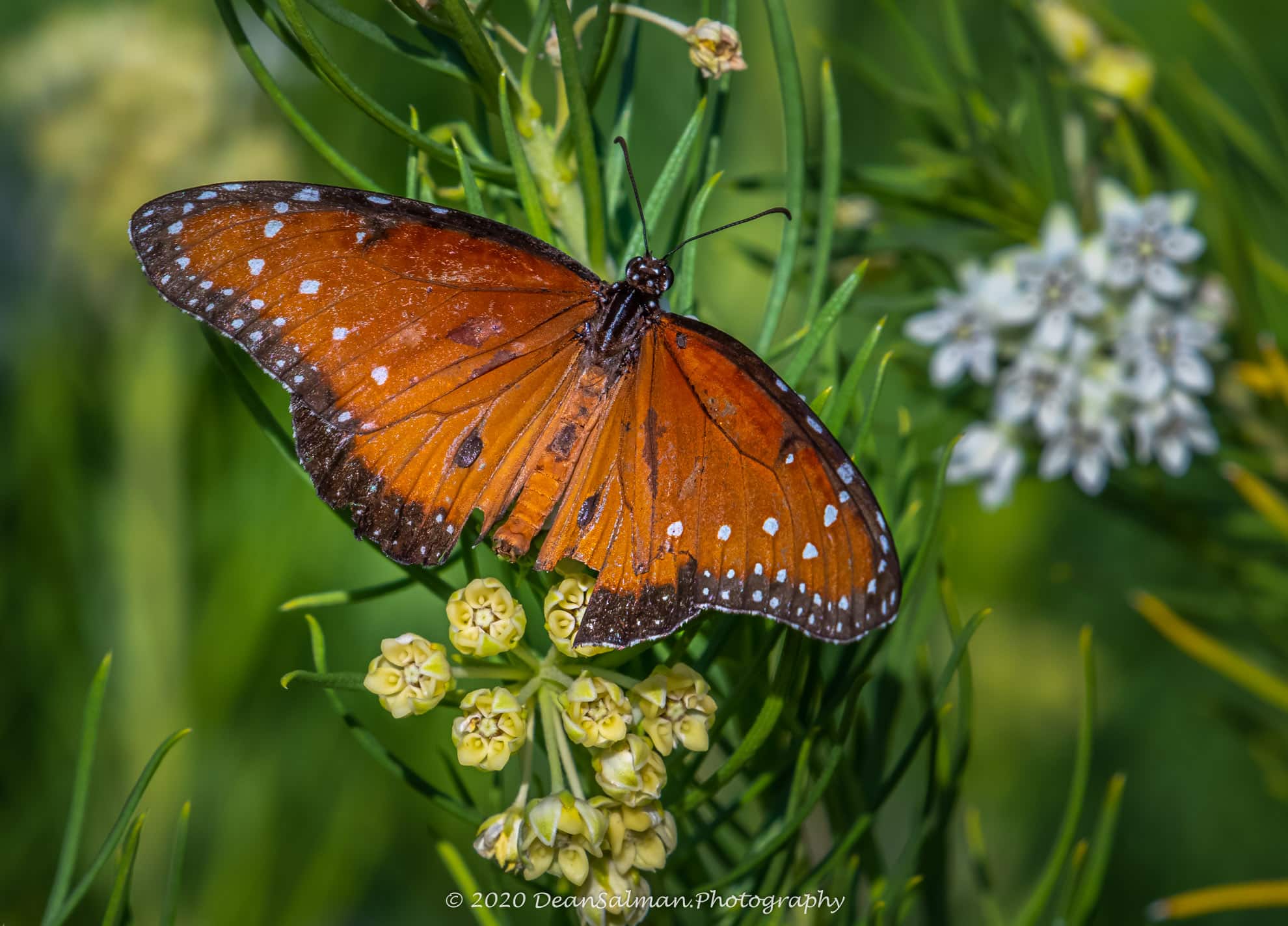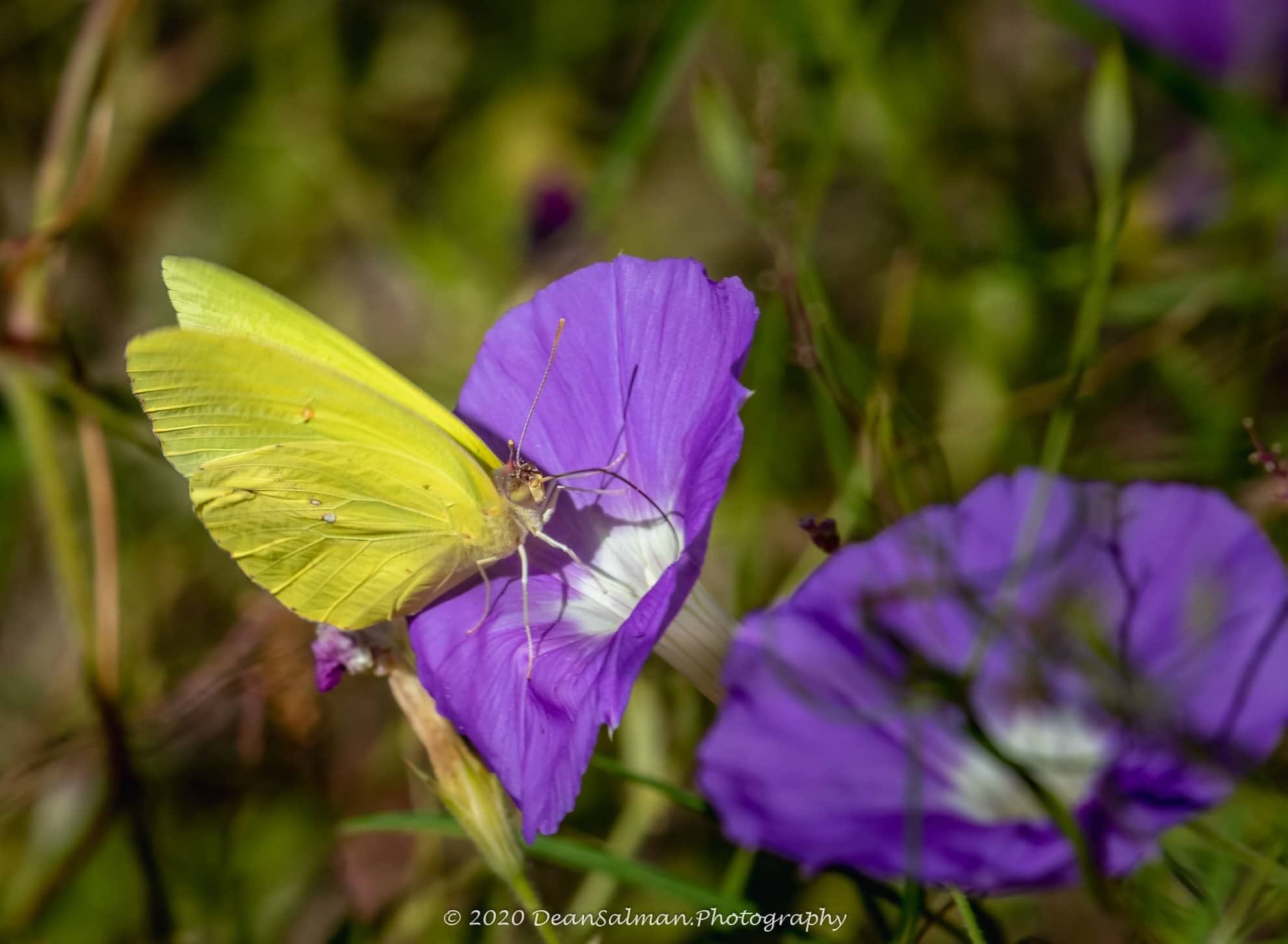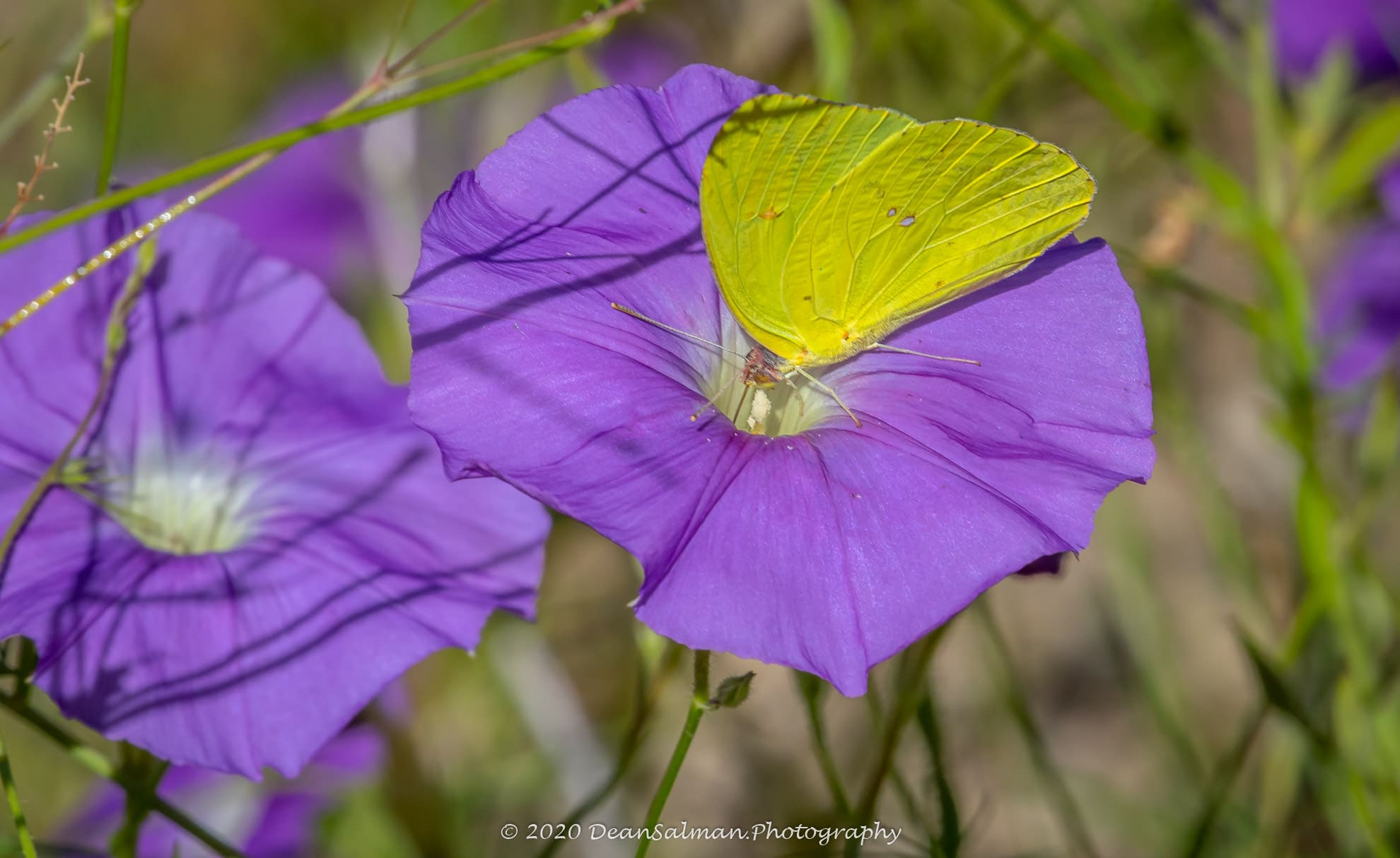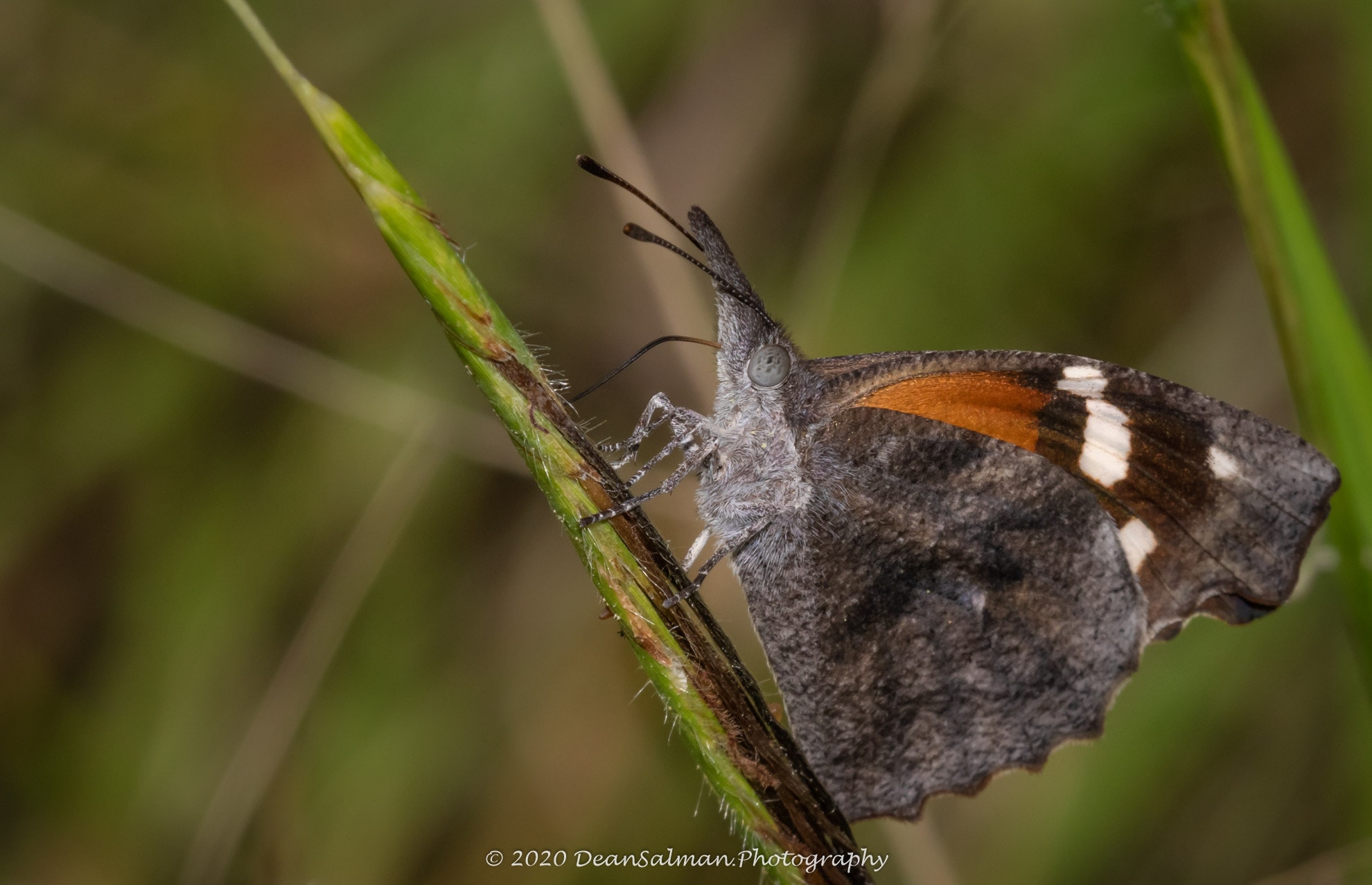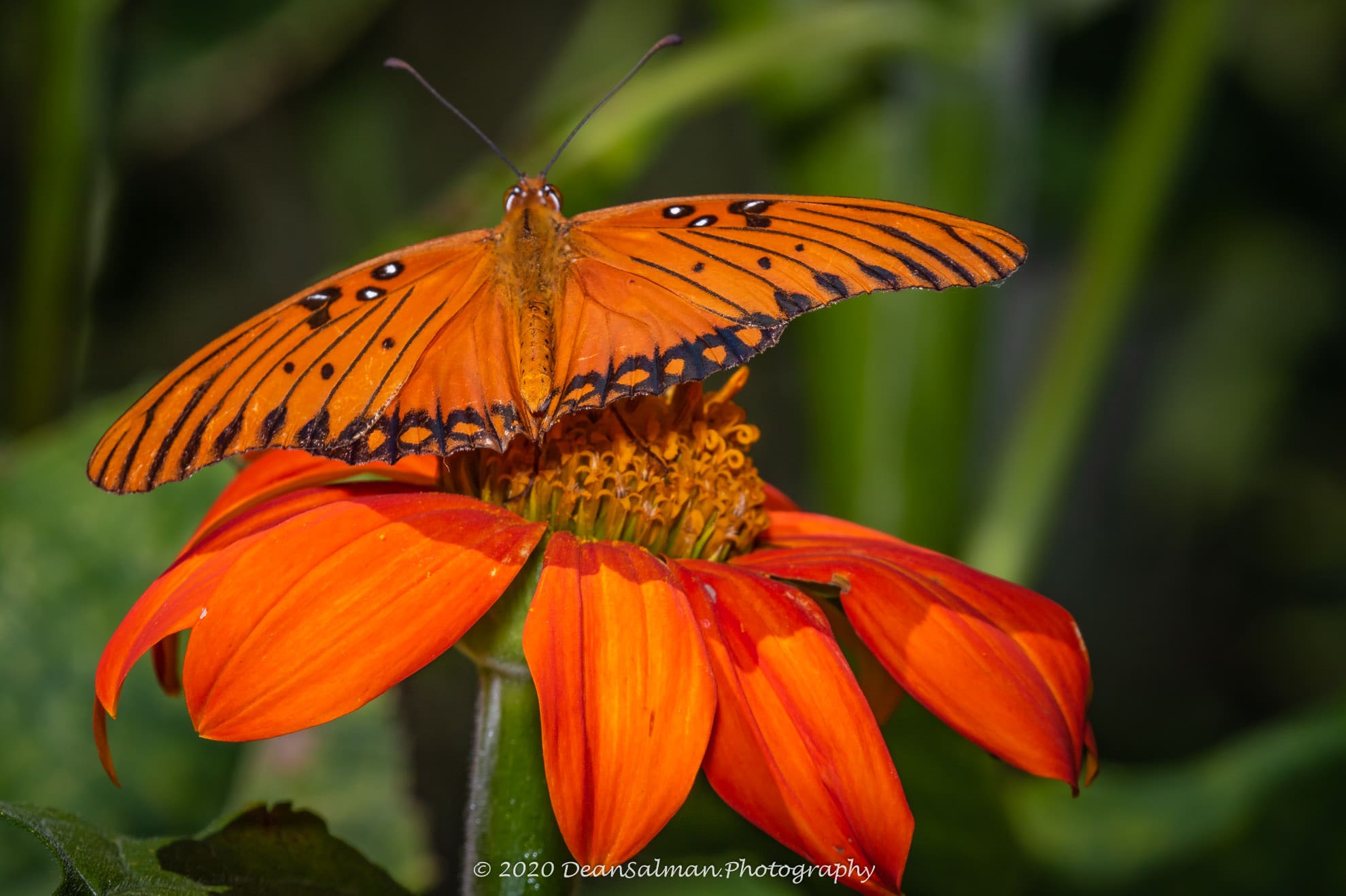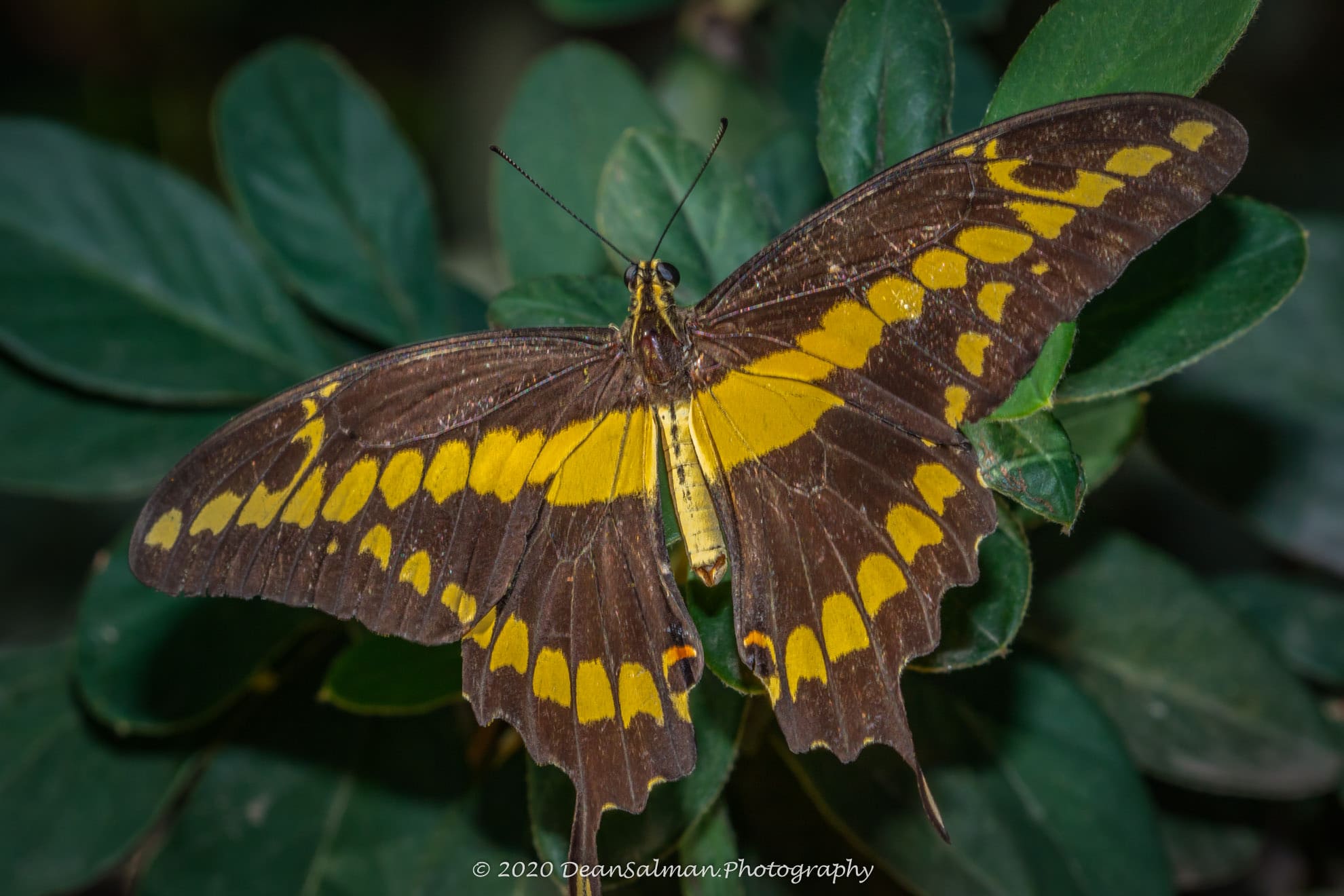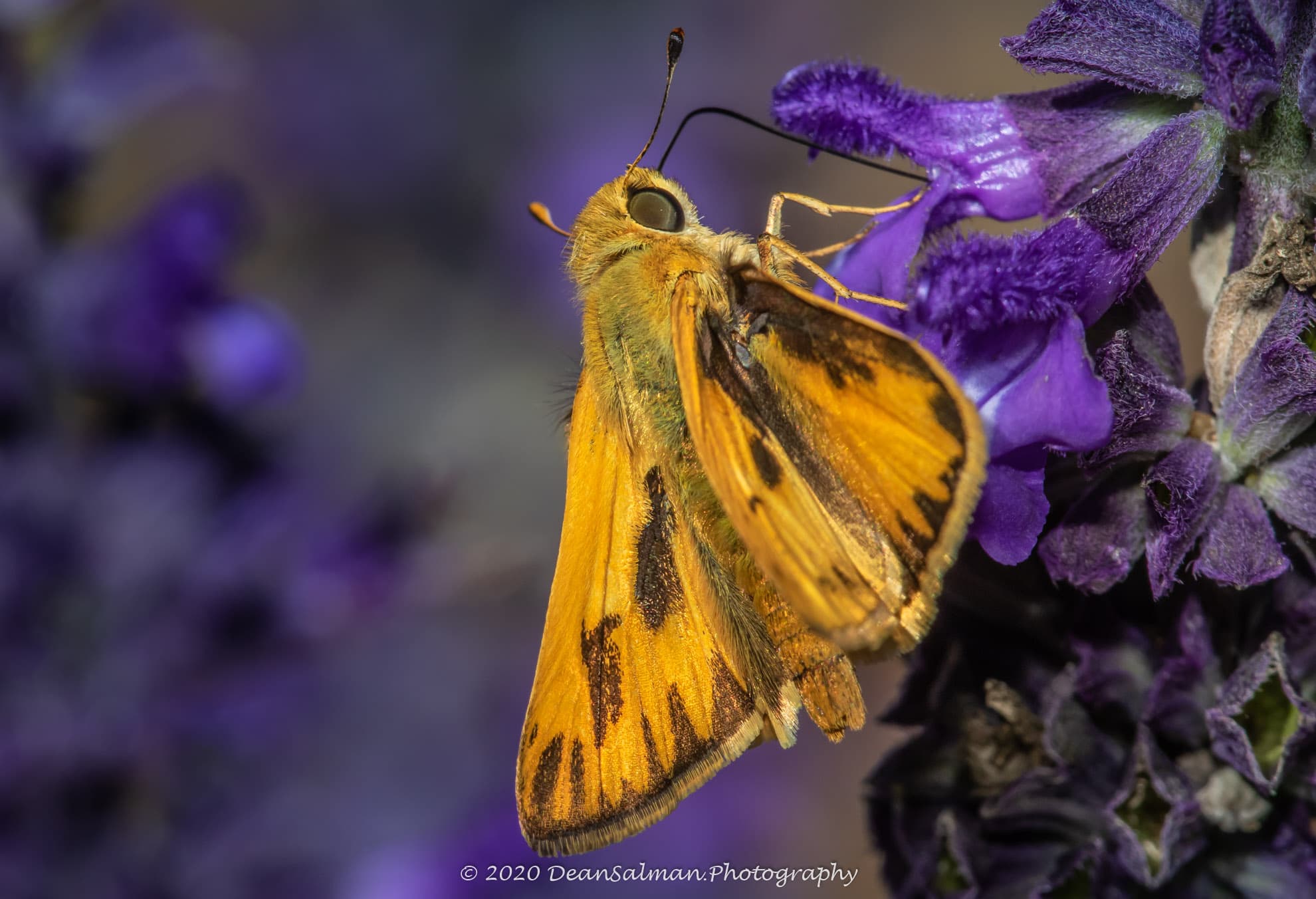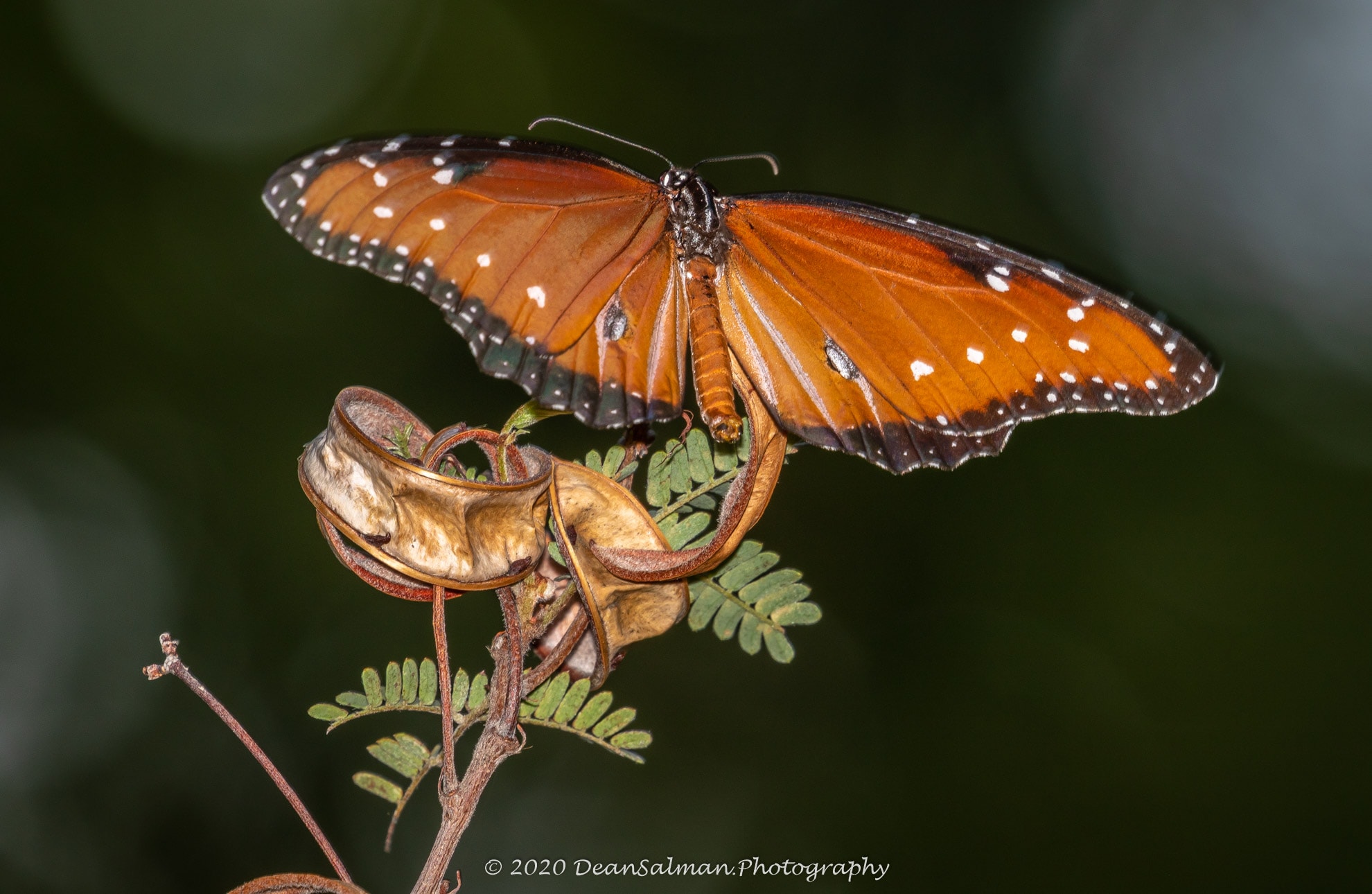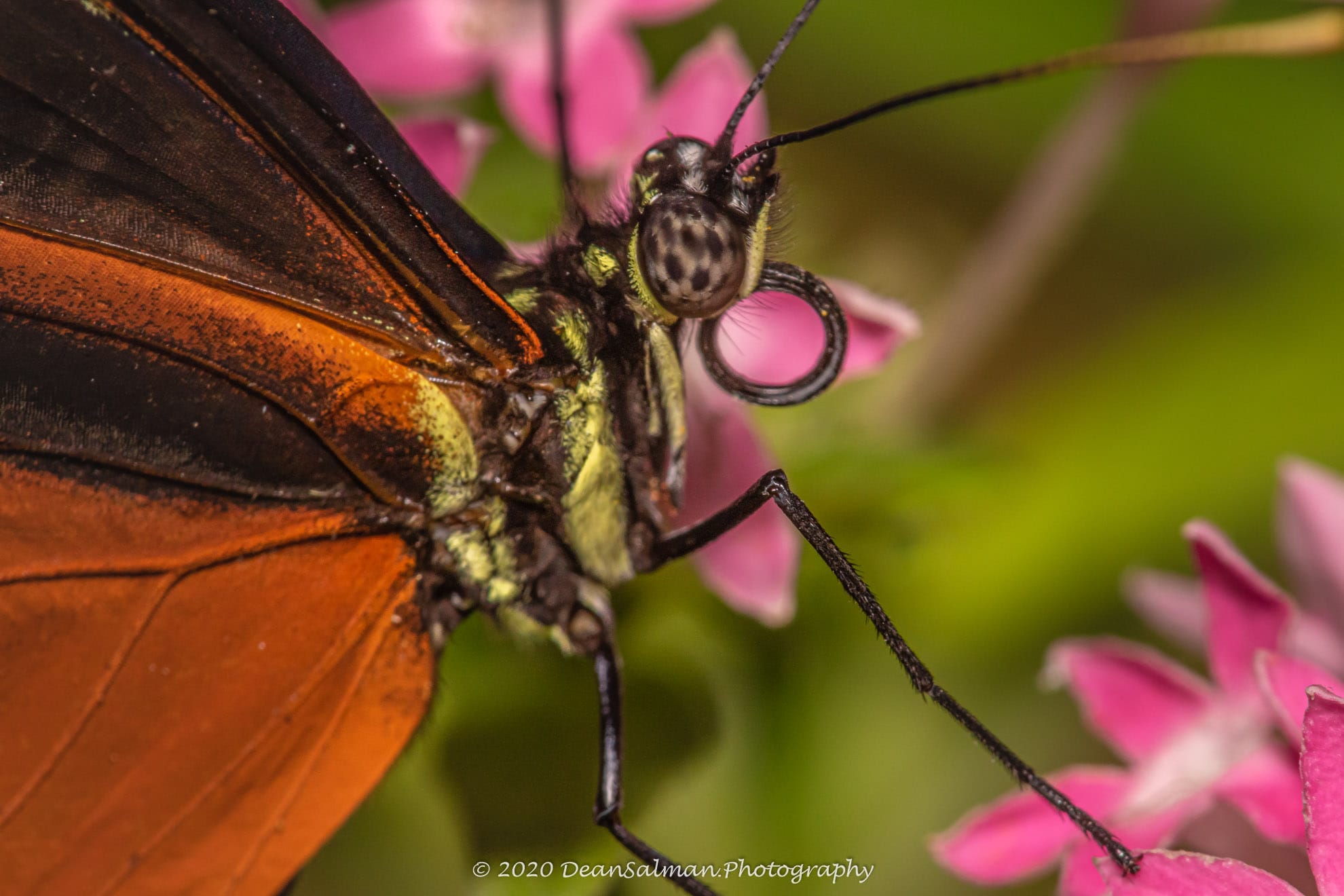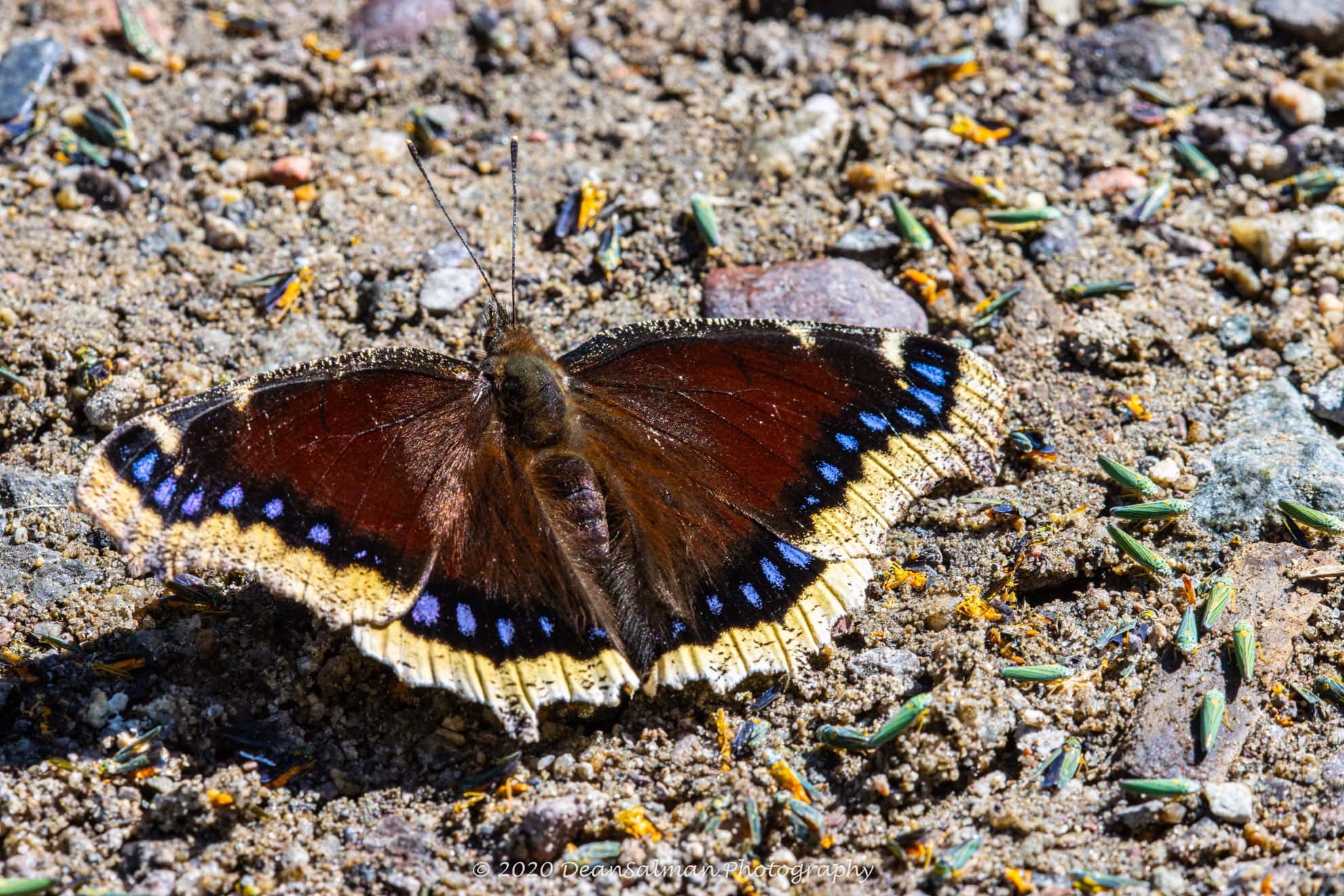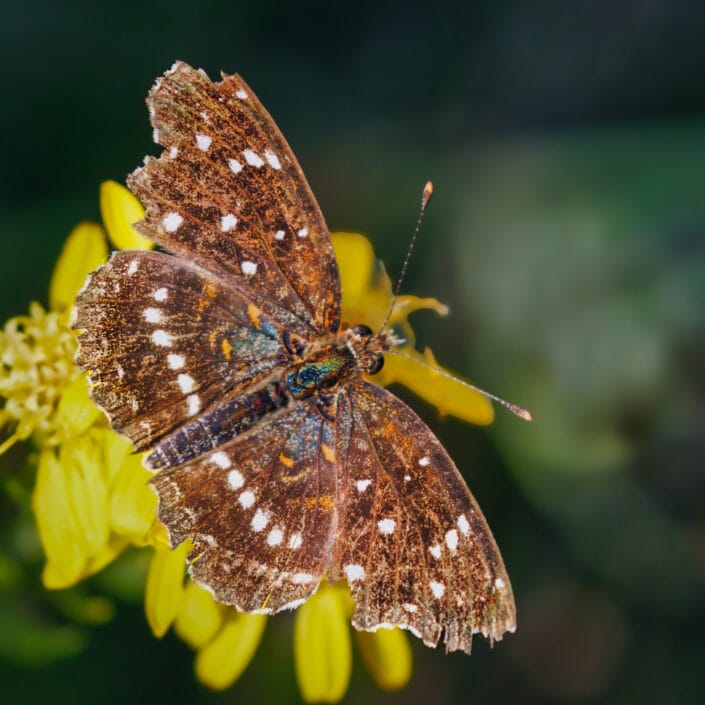General
Butterflies are most likely the favorite insert to photograph from most people. They are easy to photograph with a phone camera and get incredibly good results. Photographers that are more serious getting fine detail and close ups use a DSLR camera to capture the subject. Butterflies do bounce around quickly which makes a challenge to get that perfect shot. Butterflies have very rich colors and come in many sizes and species. My gallery includes both butterflies and moths. One thing that makes butterfly photography a little simpler is to know what plants butterflies like and go out when there are a lot of them around.
Planning My Day
When I am ready to focus on butterflies, the time of day is important, and I have found a couple of hours after sunrise seems to be a good time to be out. Because butterflies move so quickly, I do handhold my camera. However, when there are a lot around, I will set up my tripod and just focus on a flower waiting for a butterfly to land. I usually use my full frame camera and the Canon 100-400 lens because that gives me some adjusting room if I am too close to the subject. When going after smaller butterflies, I will use my Canon 90D crop camera. I usually have my Canon 180 macro attached to the 90D so I can switch back and forth
Post Processing
I do most of my post process in Adobe Lightroom Classic and the rest in Adobe Photoshop. Since the ISO for insect photography tends to be high, I use some plugins to save time with the noise reduction, however the technology on how these plugins work today is amazing. Cropping is an important consideration because the bee is the subject and with a large area around her you do not want any distractions that take the focus away from the subject.
For the Lord knows the way of the righteous, But the way of the ungodly shall perish. Psalms 1:6




